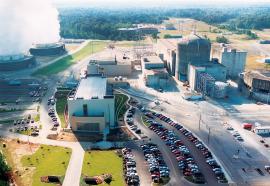Cyber Attack! - Defining 'Critical Assets'
ERCOT utilities approach CIP compliance from varying perspectives
As proposed by the North American Electric Reliability Corp., the new critical infrastructure protection (CIP) standards charge utilities with identifying their own critical assets and related cyber systems. This approach allows great flexibility for utilities to apply the CIP standards to their particular situations. This will help ensure that their efforts focus on securing critical assets, rather than on complying with an overly prescriptive set of mandates that might or might not yield a secure grid.










